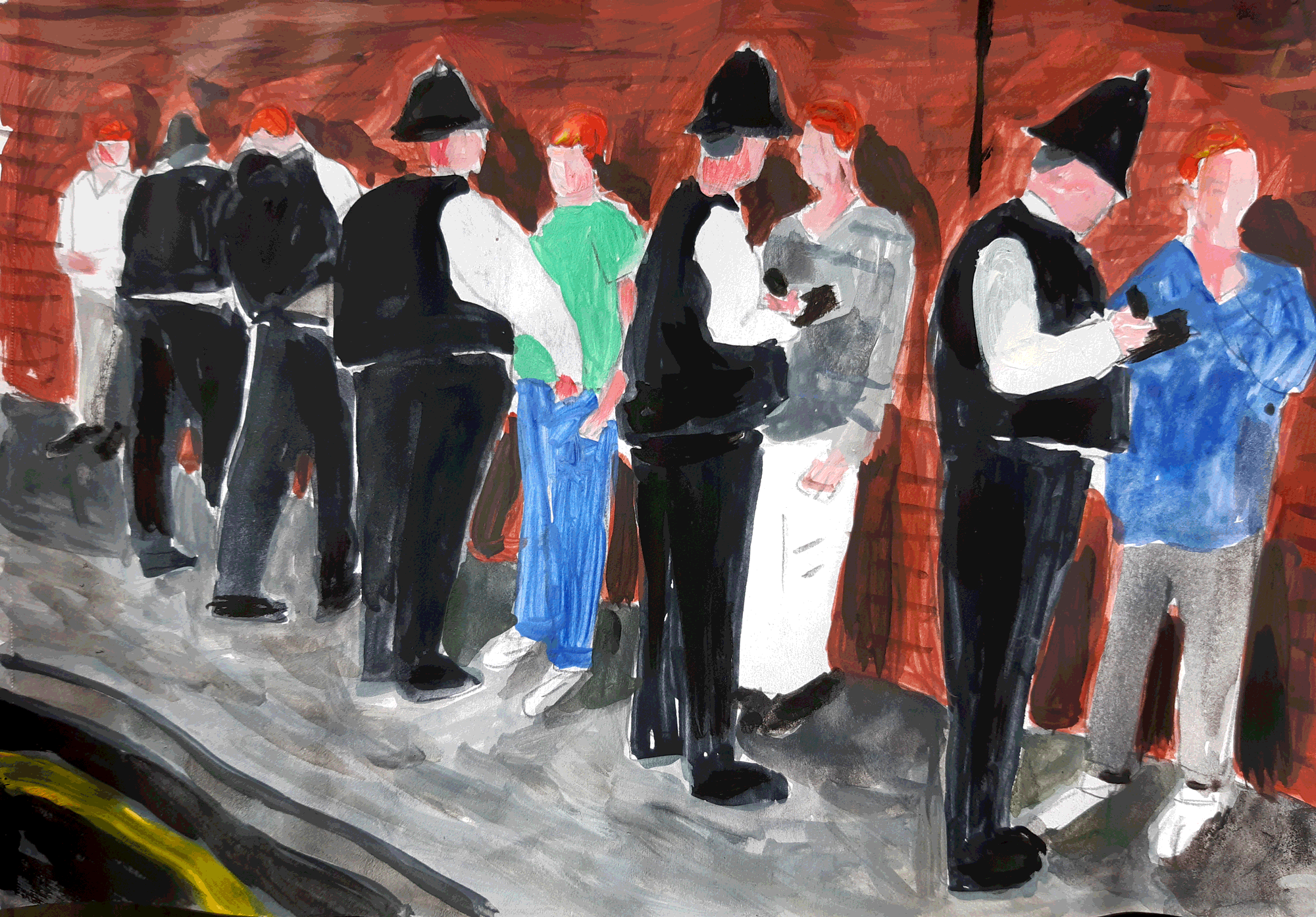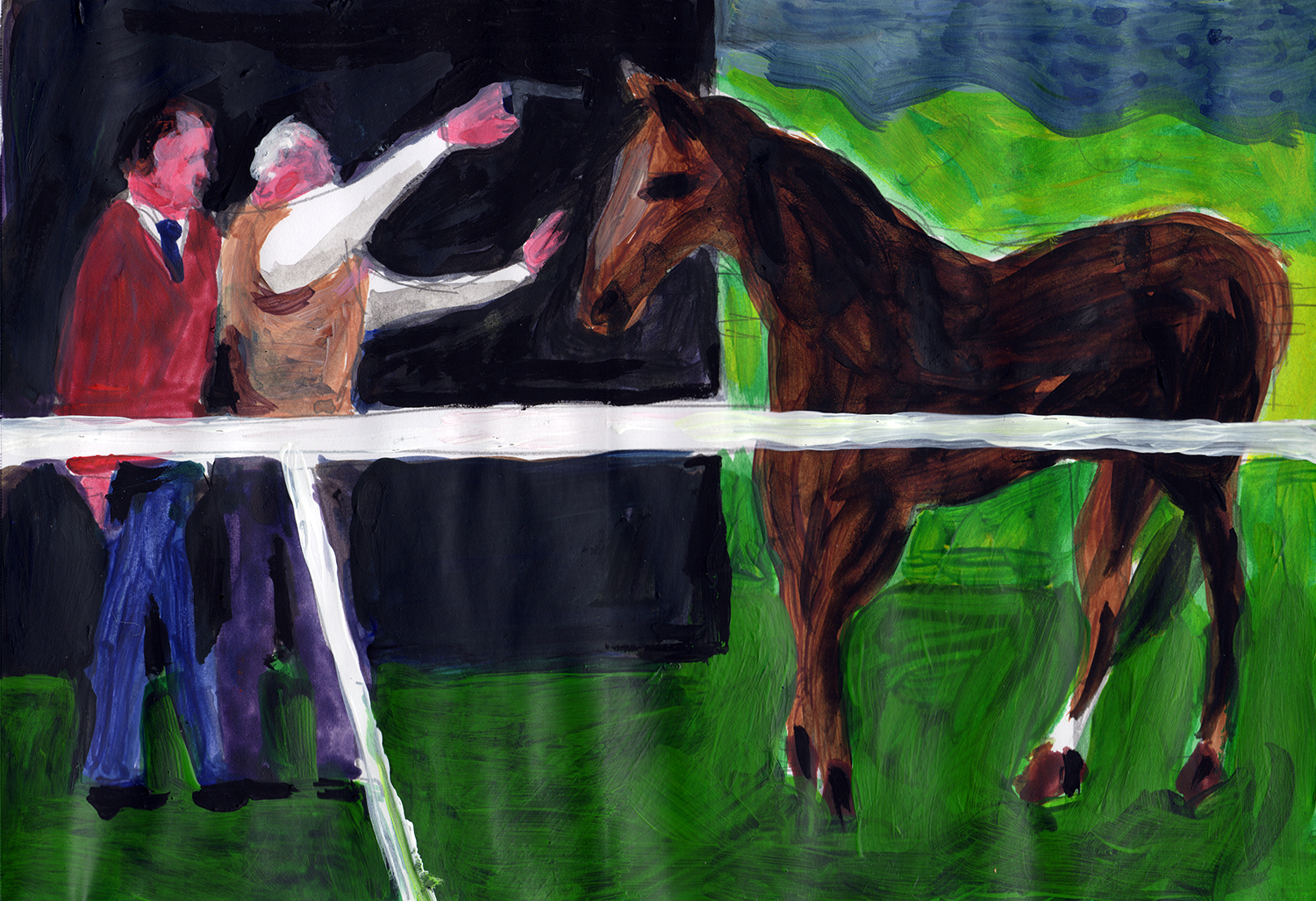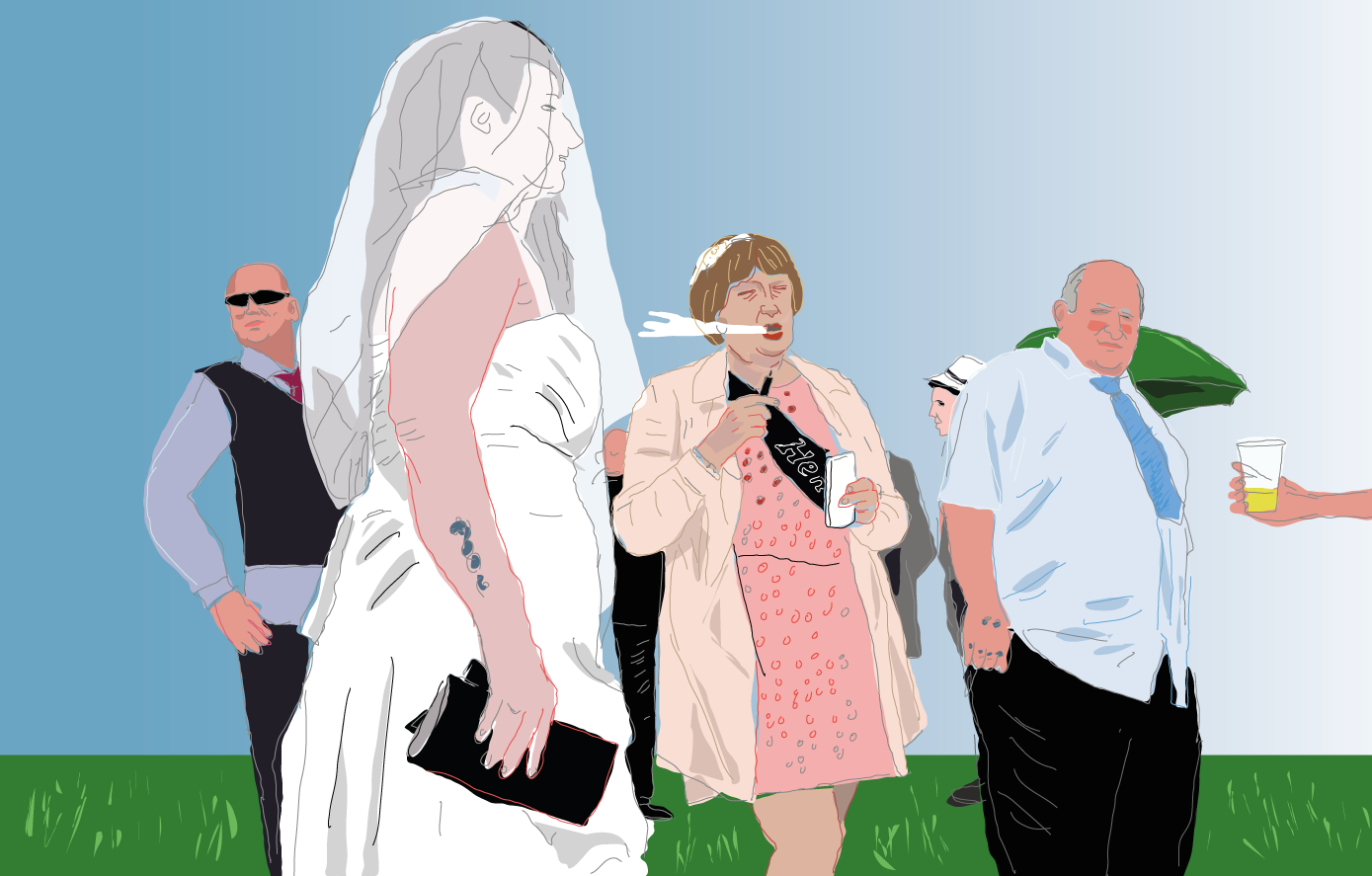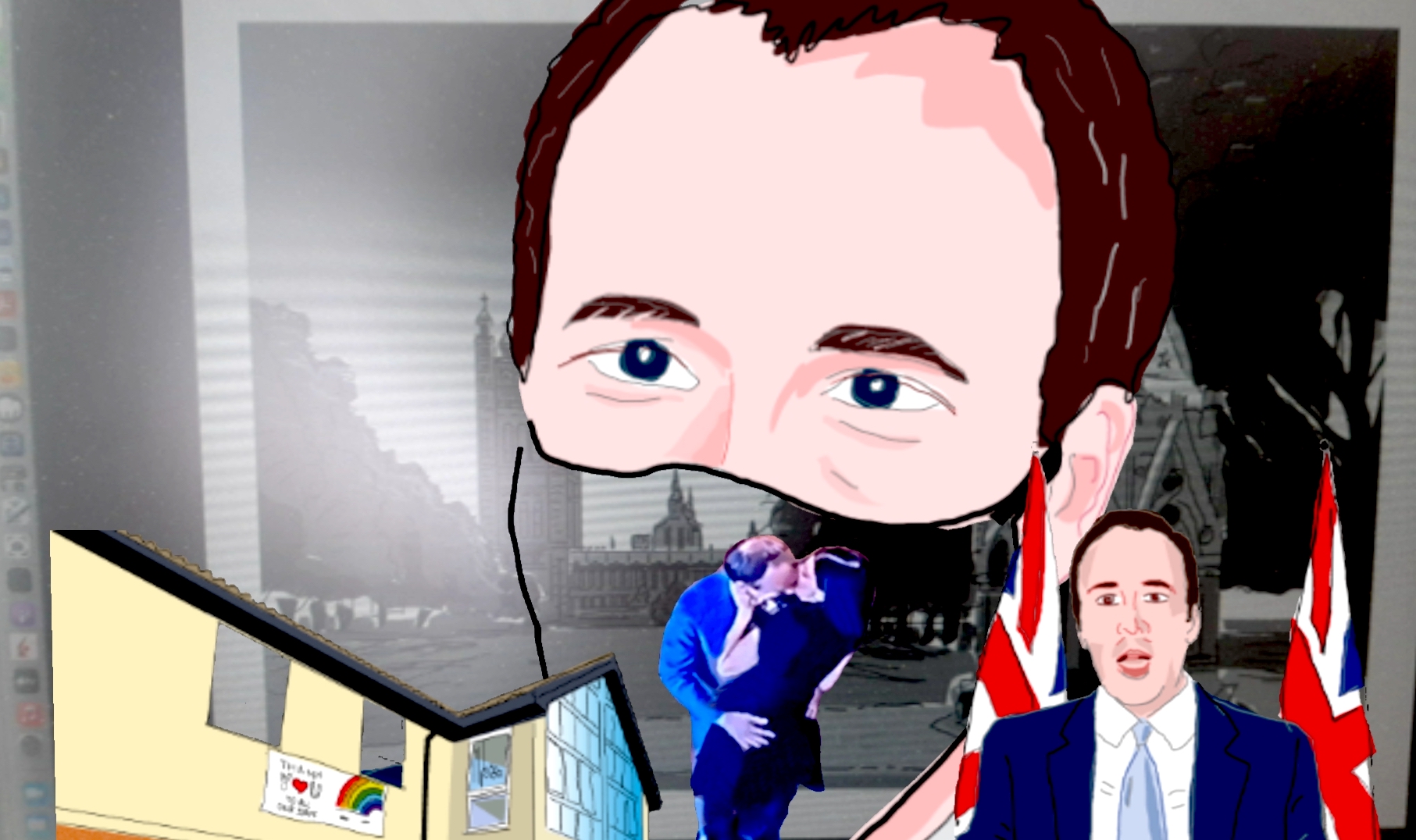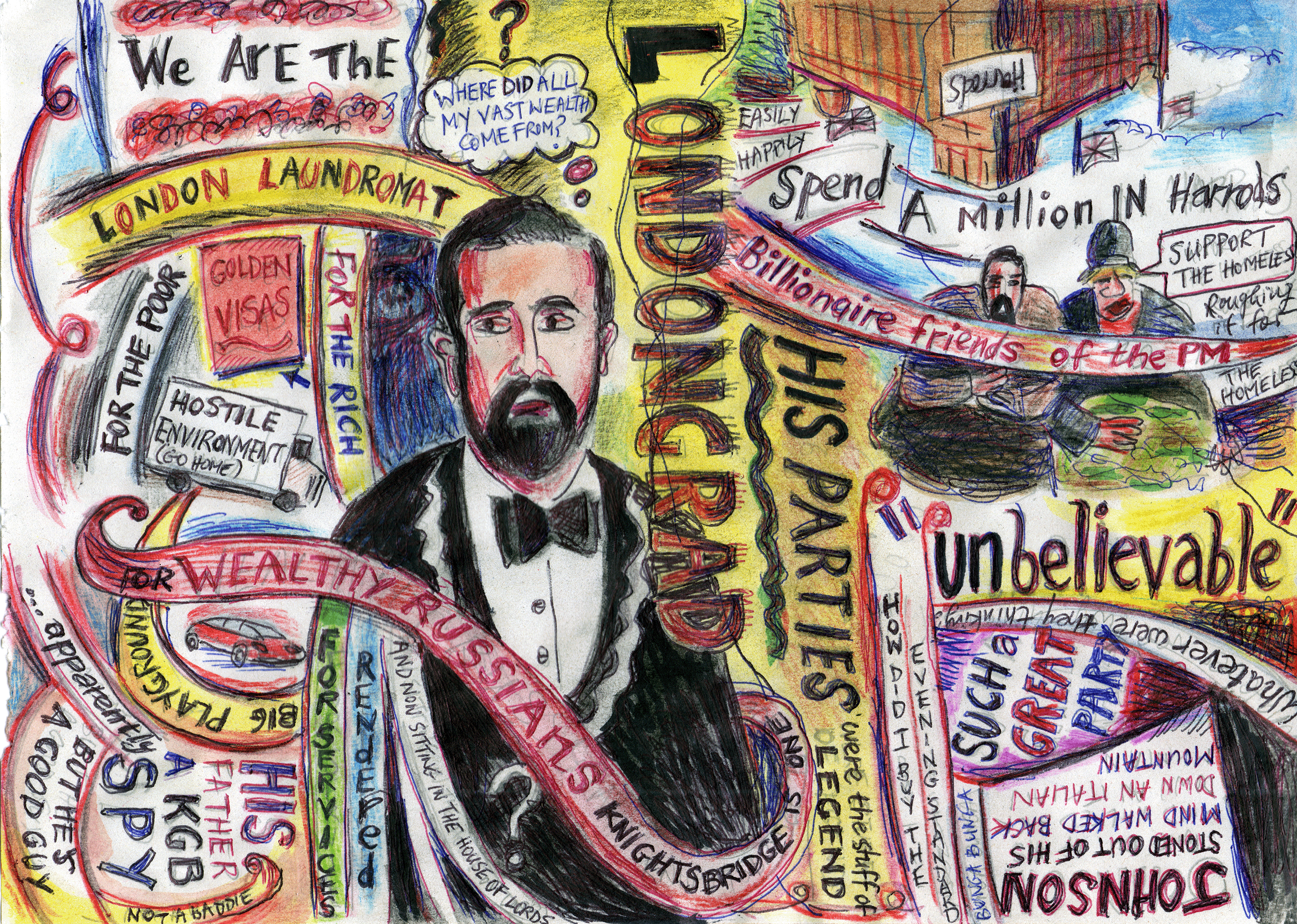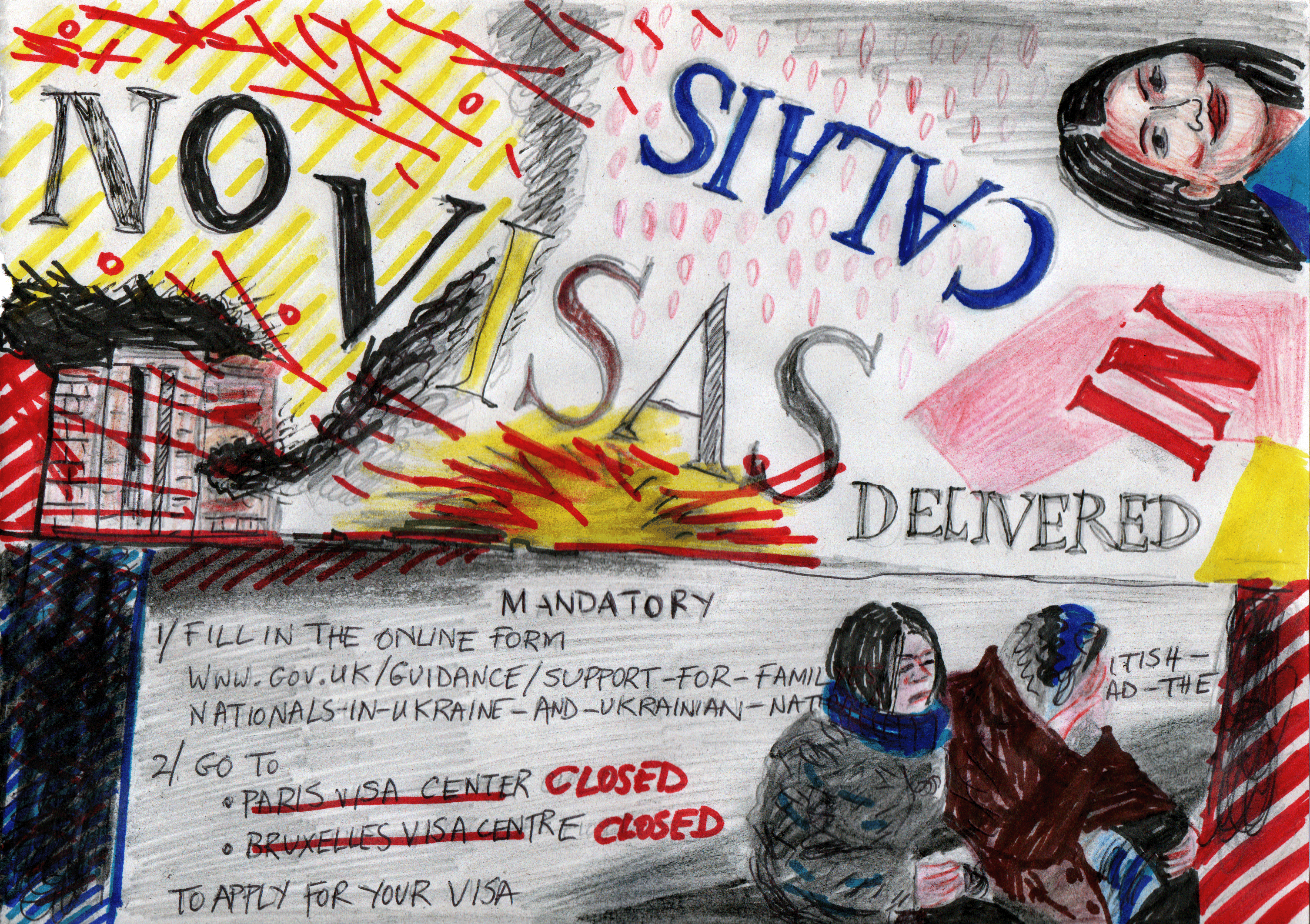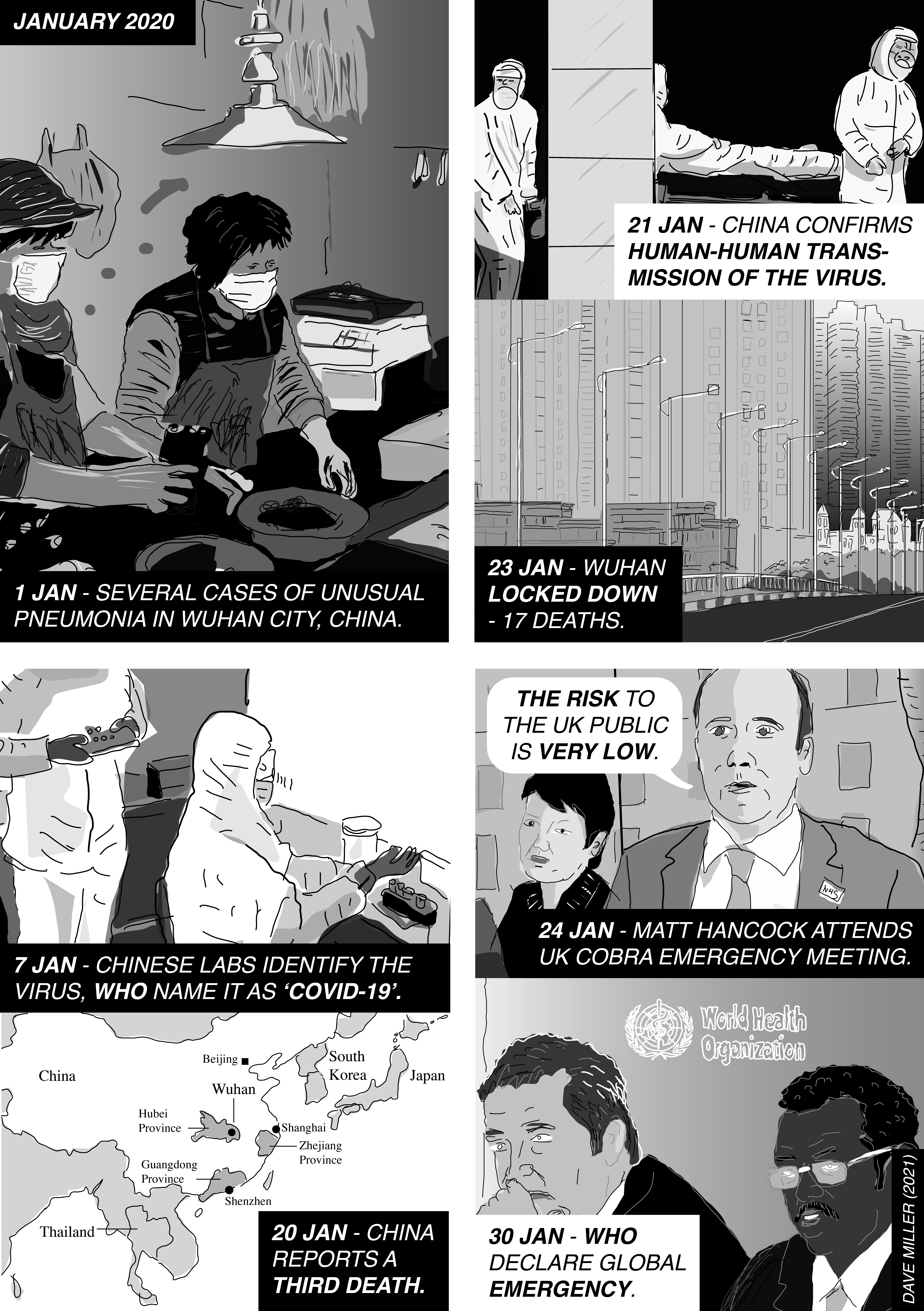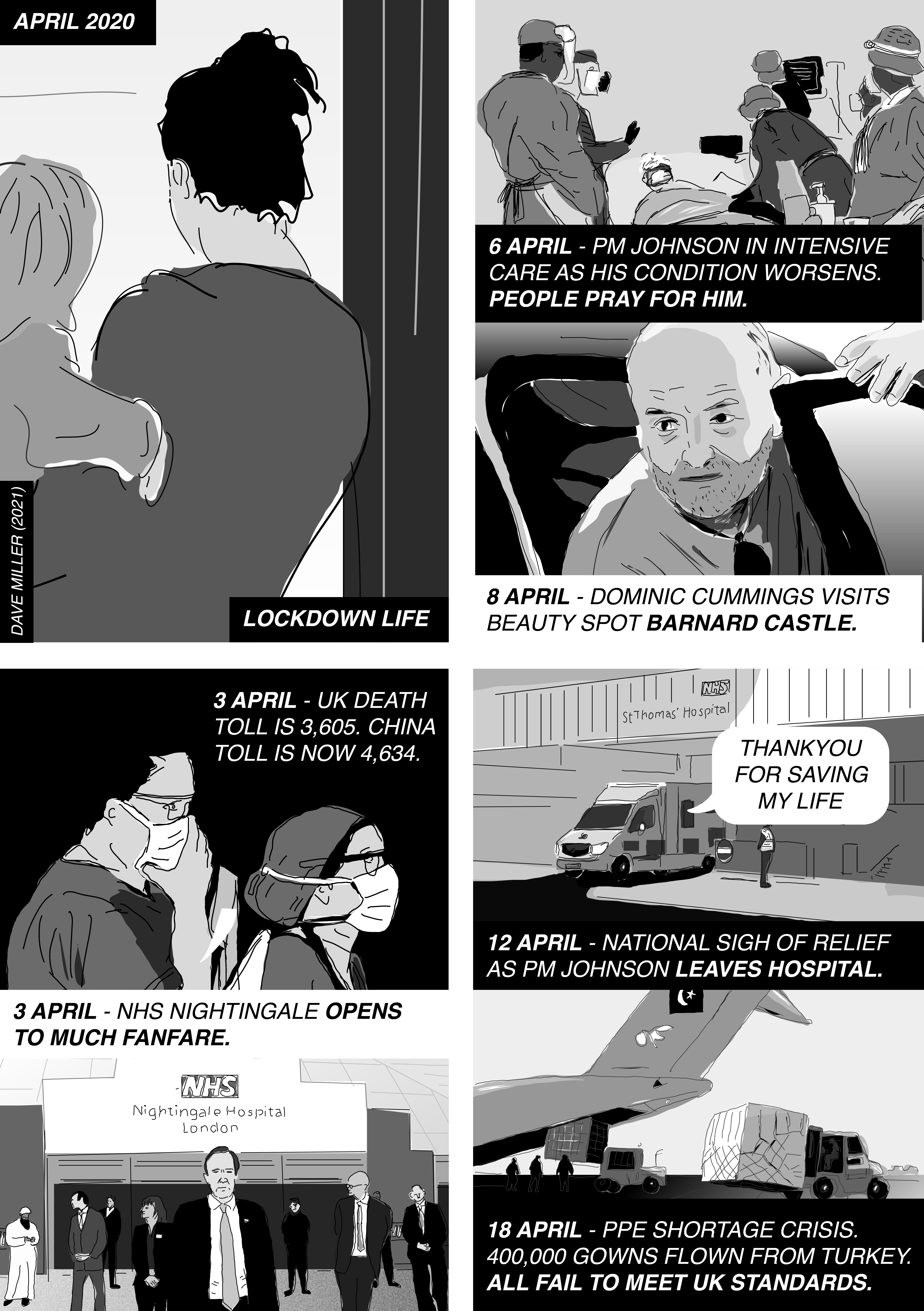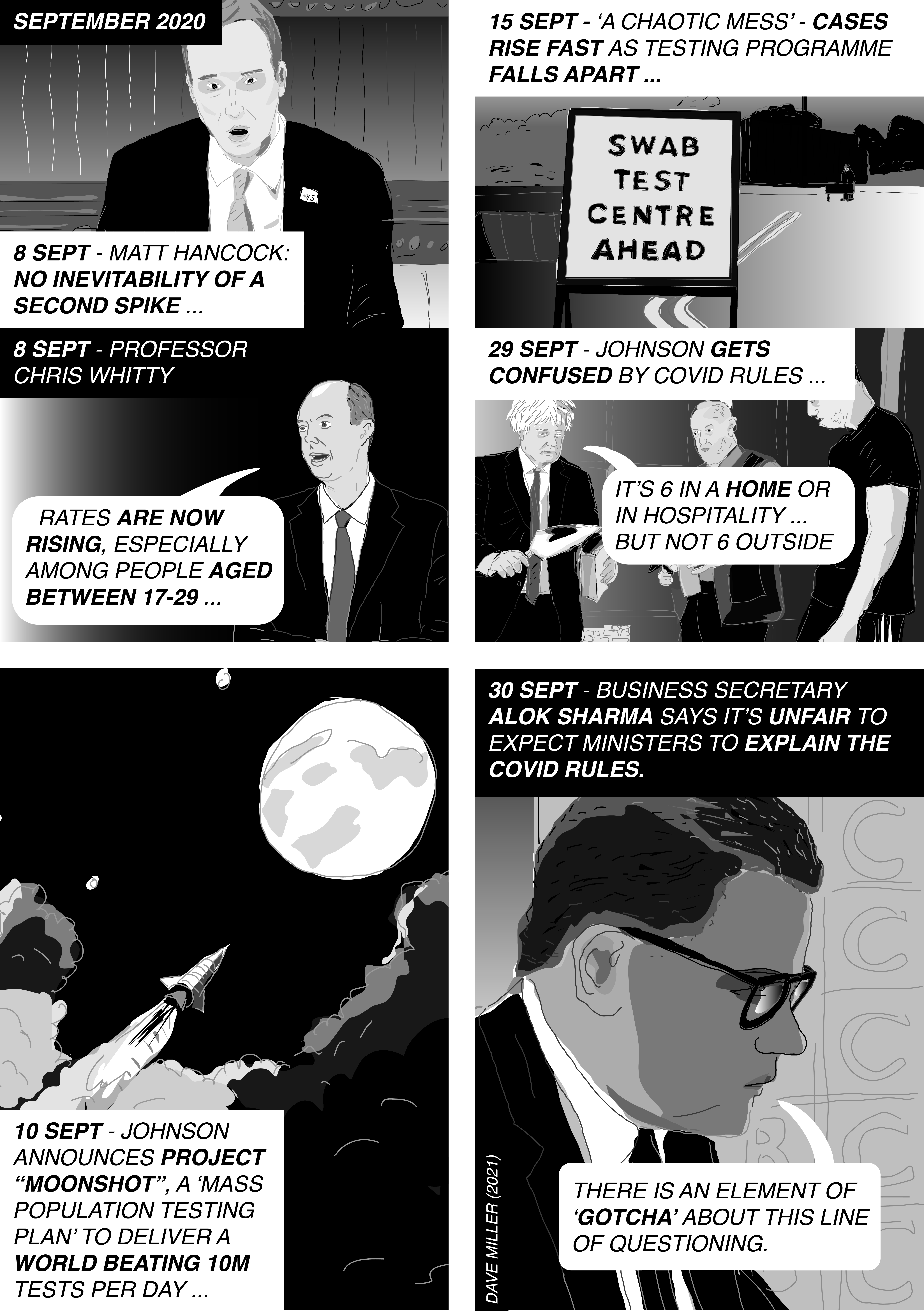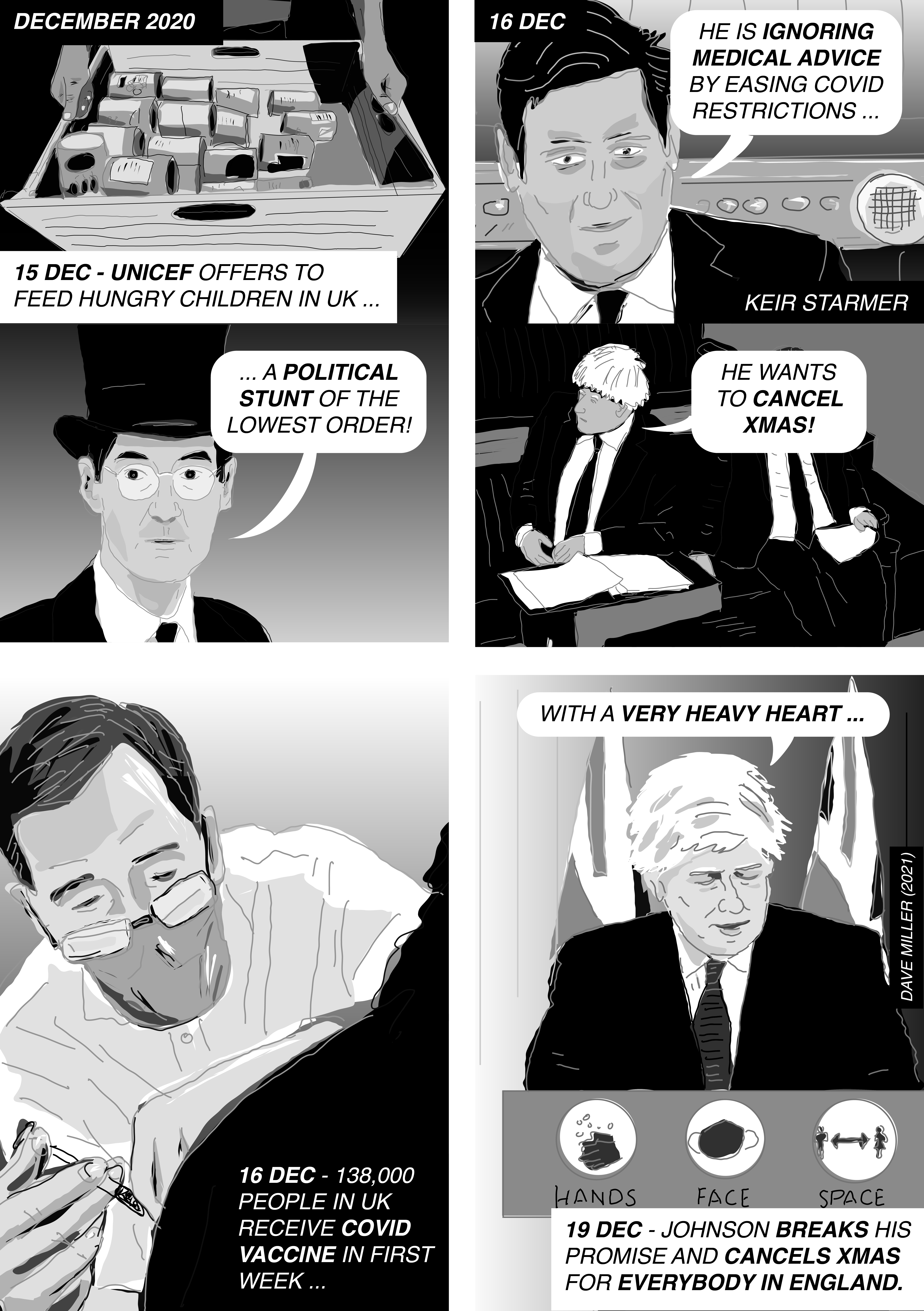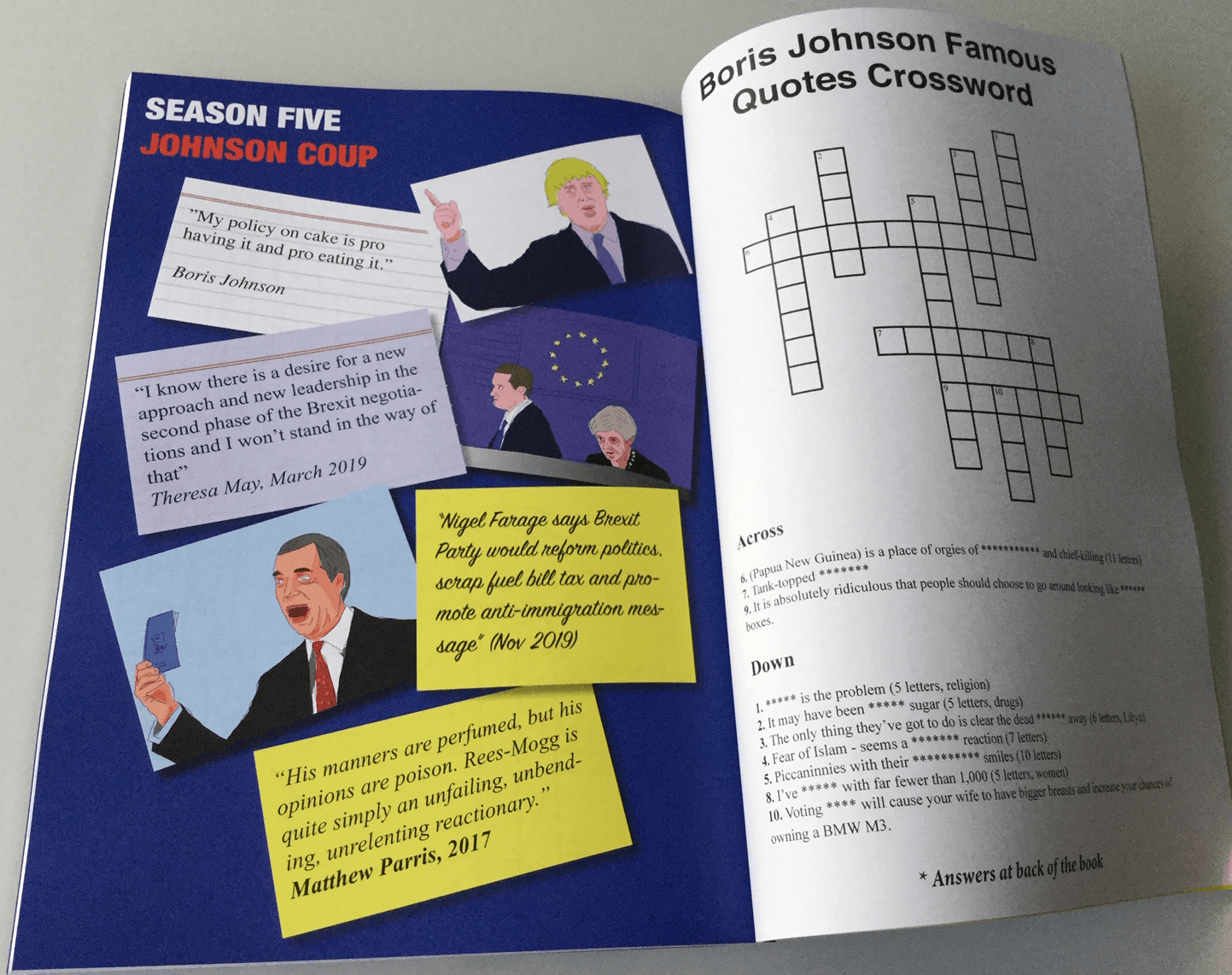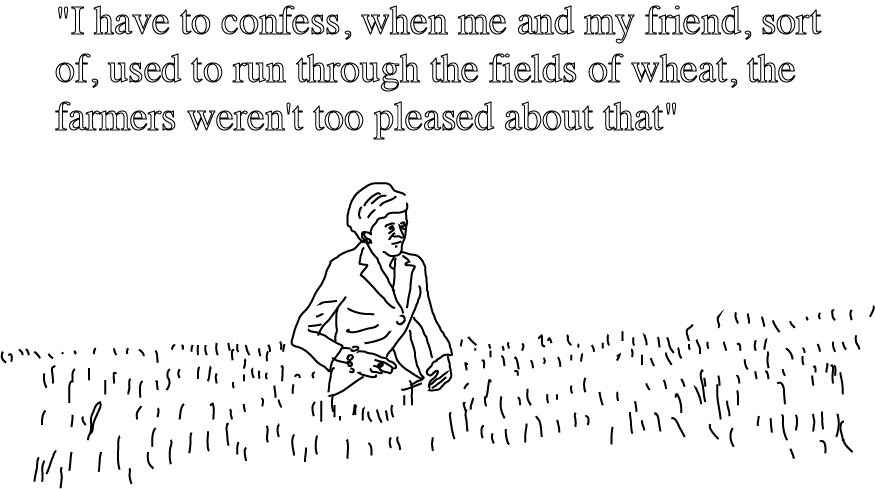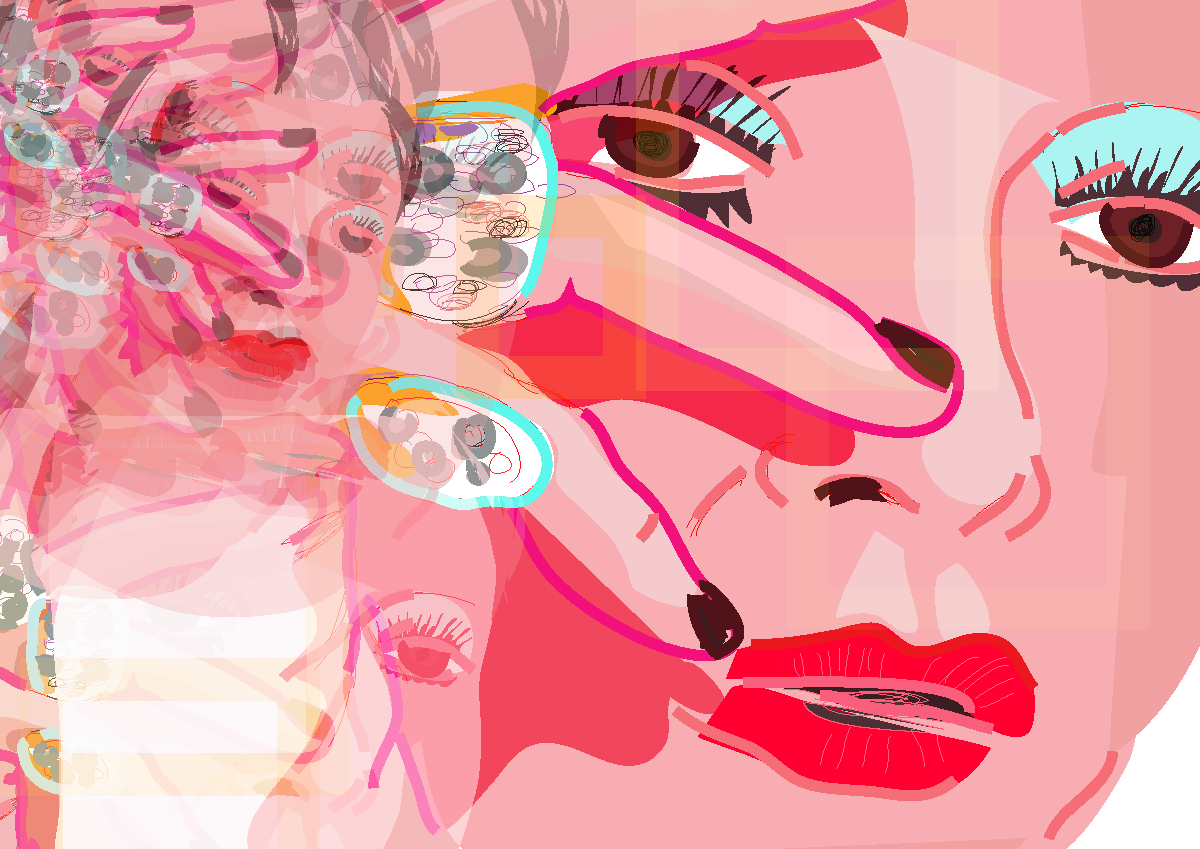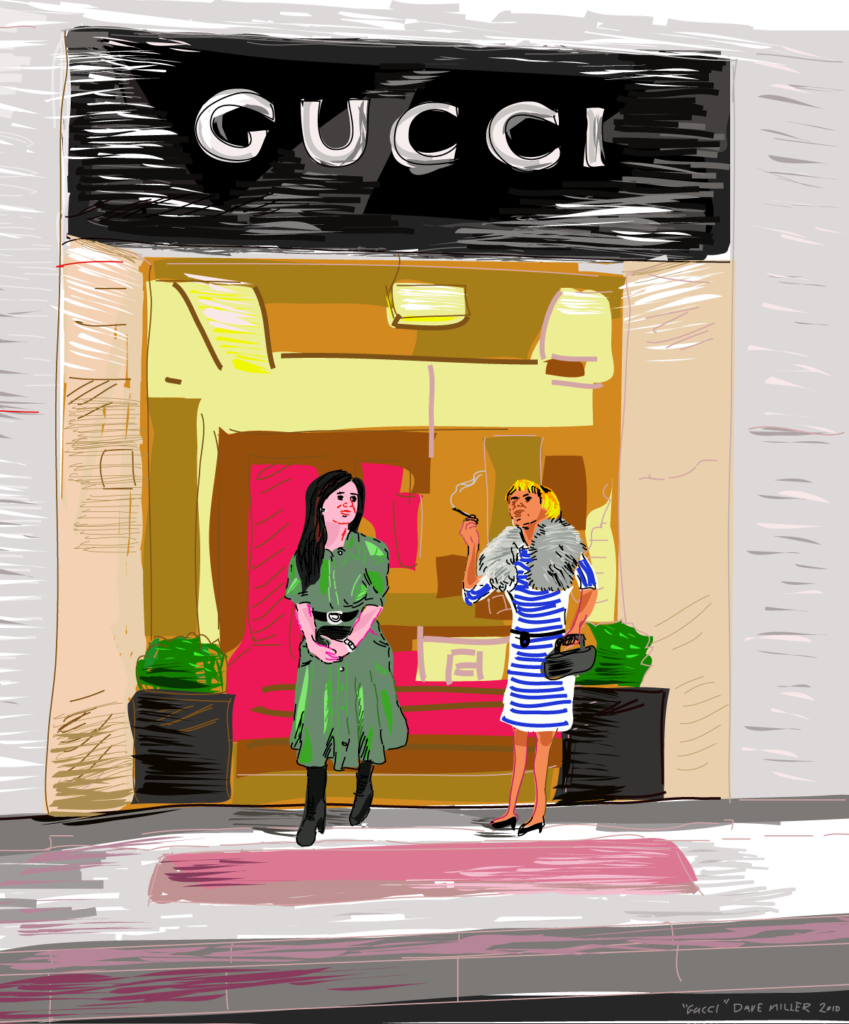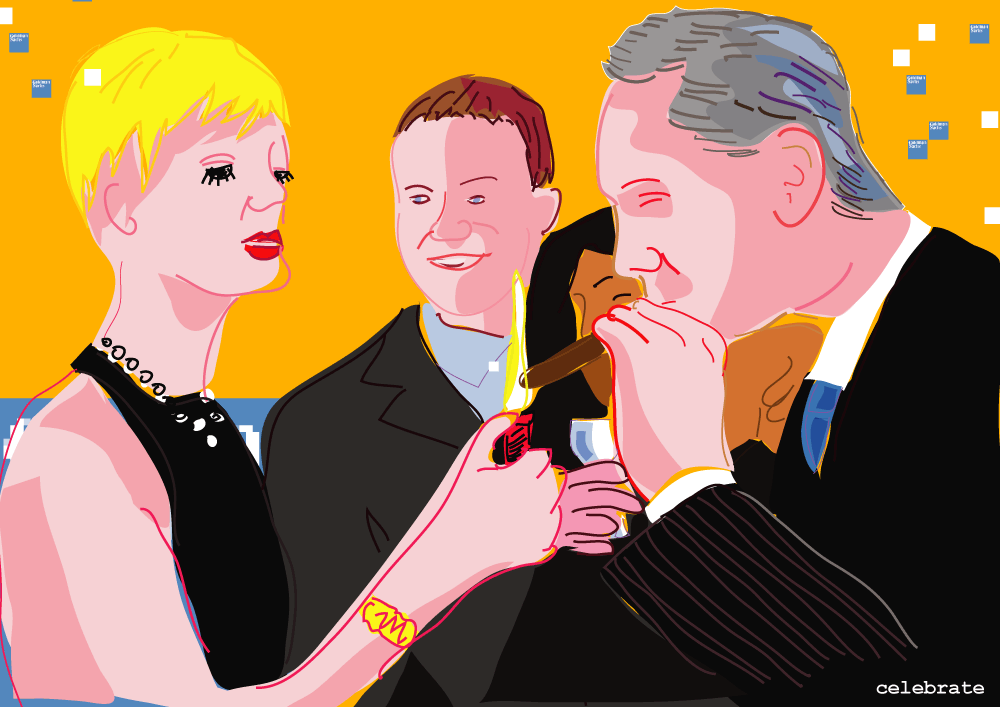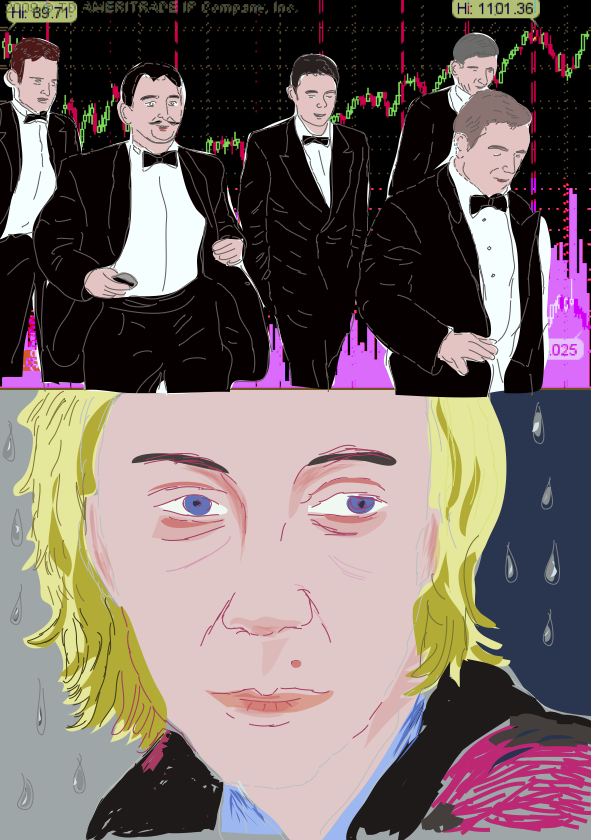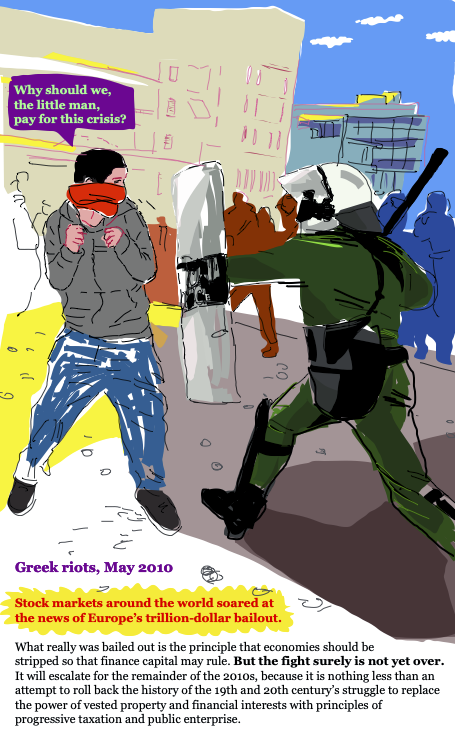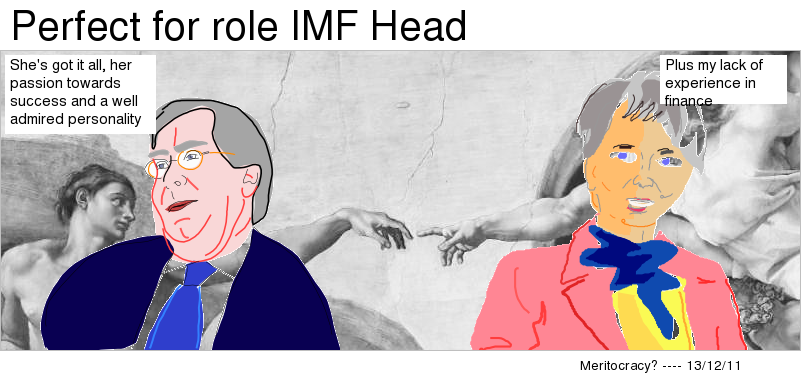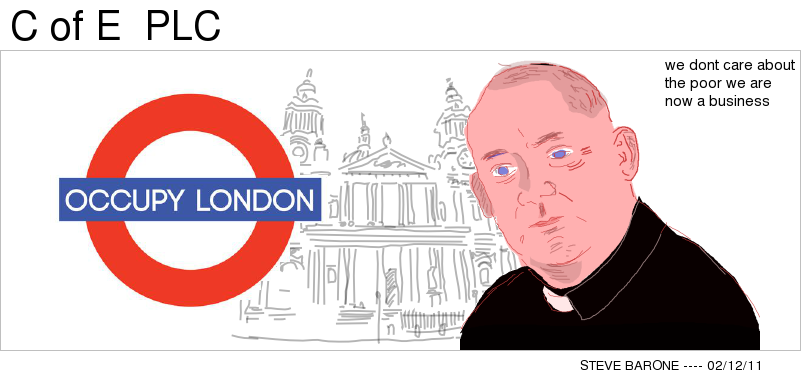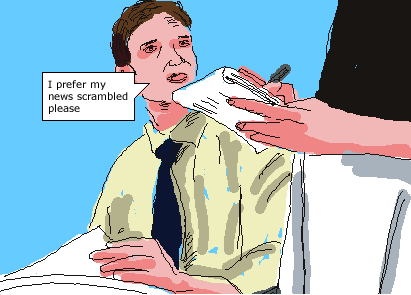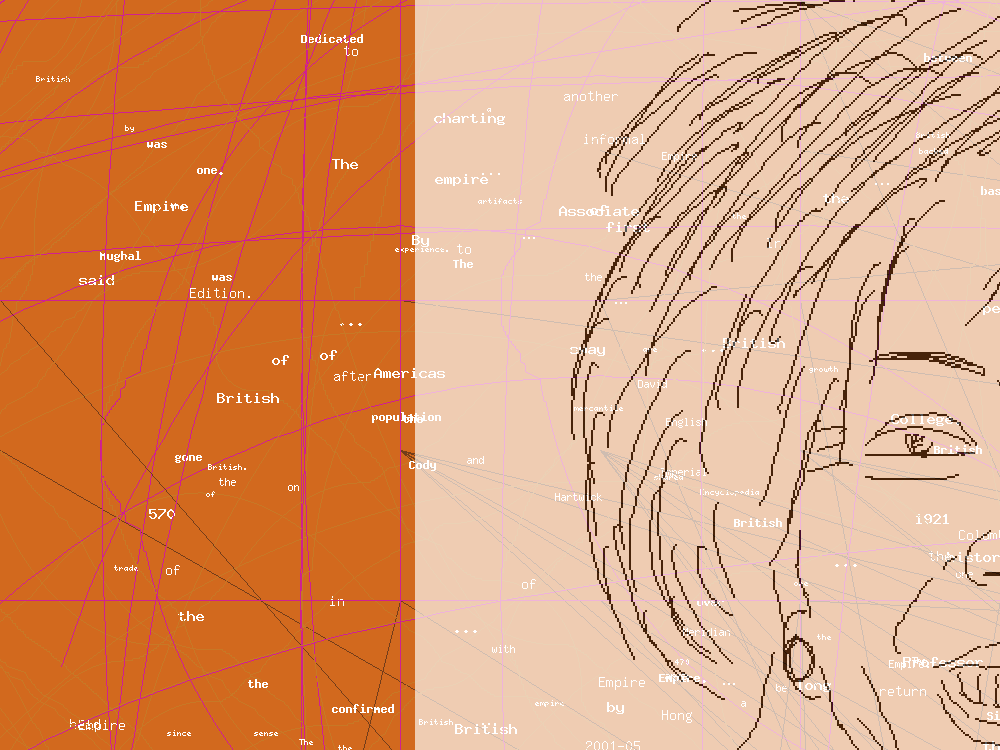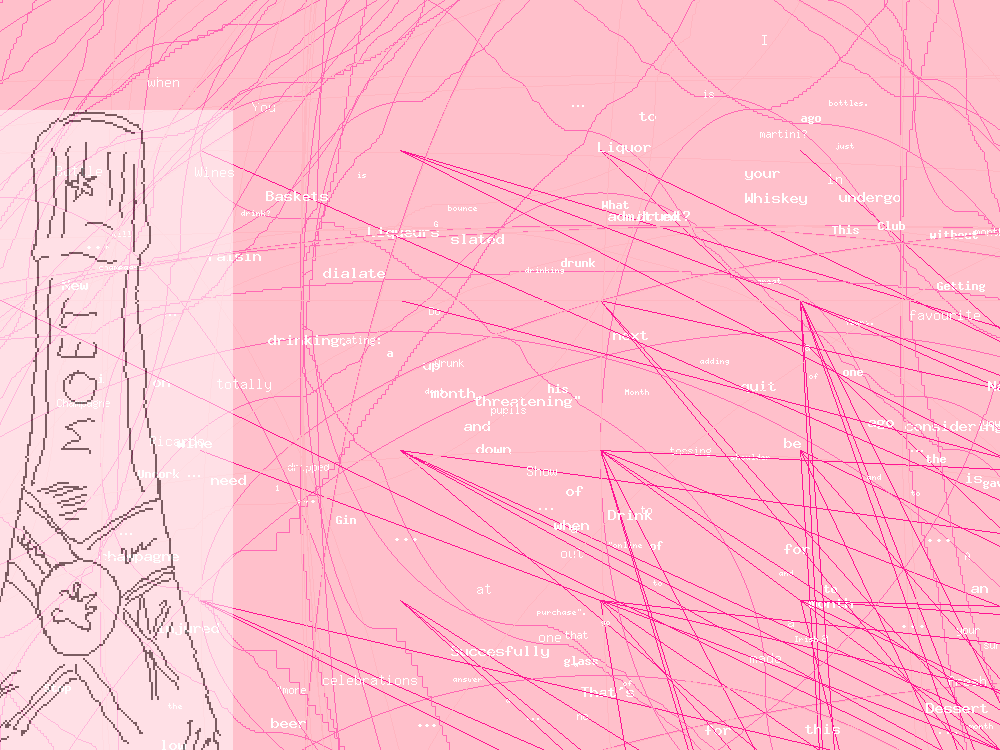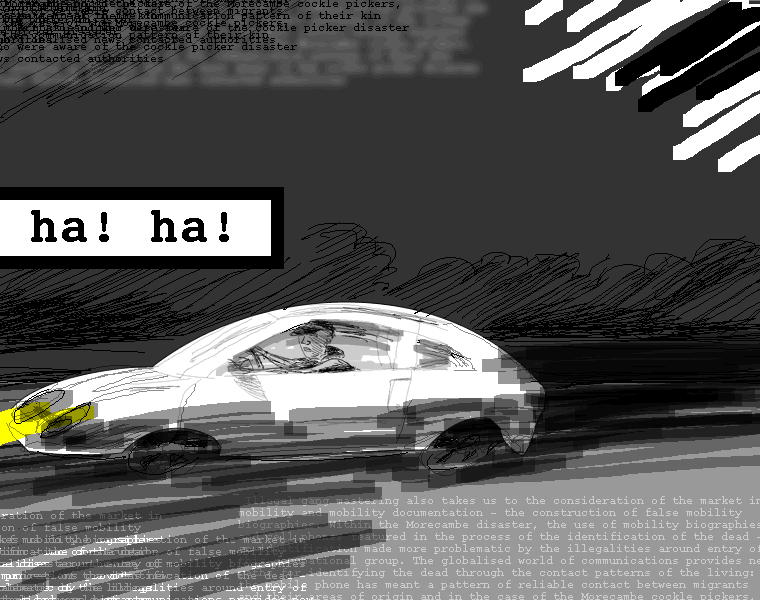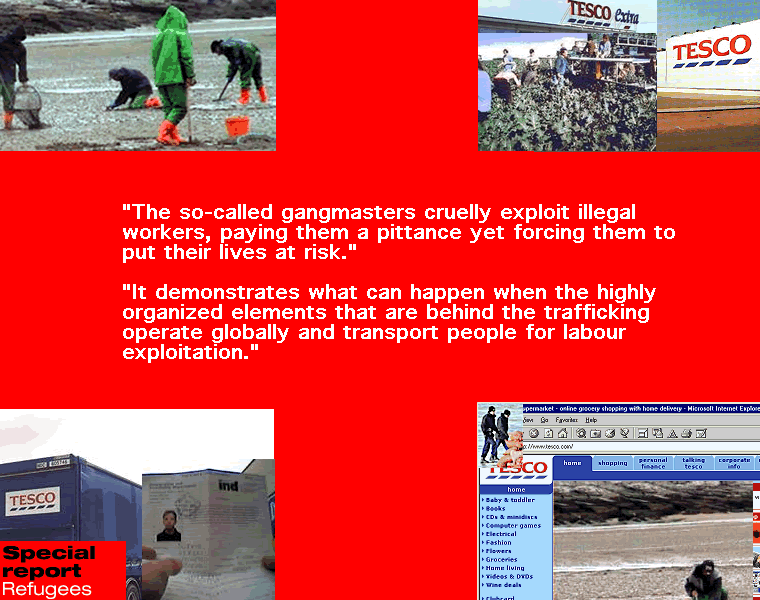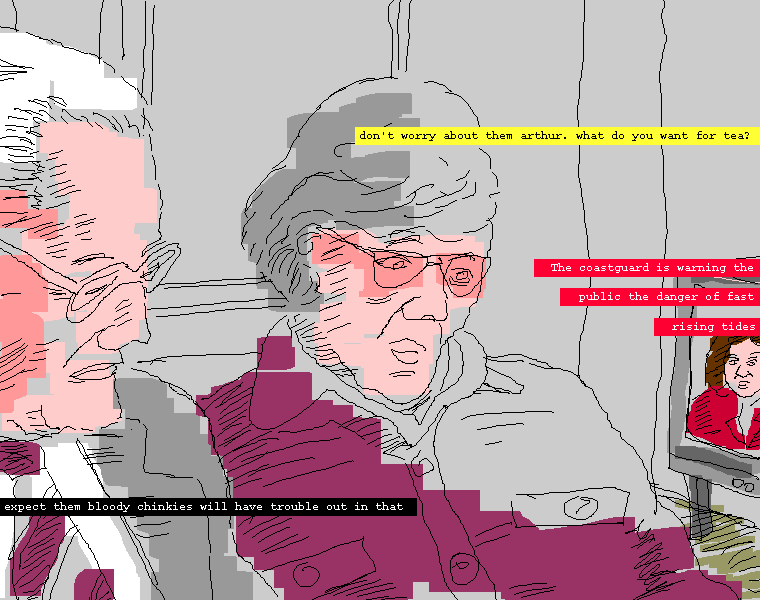Prime Minister Sunak is regularly criticised for choosing the most polluting form of transport – preferring to fly by private jet and helicopter, rather than taking the train, even for quite short journeys. At a time when the climate emergency is becoming increasingly severe, he acts as though he’s above all this, sees himself as some sort of rockstar or jet-setter.
According to the Guardian newspaper:
“The high-carbon travel habits of government ministers have led to doubts about their sincerity when talking about their commitment to protecting the environment. But this government, in rushing to put party before planet and people, is the first to make their environmental U-turns the main theme of their election campaign.
The prime minister has come under fire in the past for his private jet and helicopter habit. Though he says taking private aviation to travel short distances is a more efficient use of his time than using road or rail, many have pointed out the climate – and cost – impacts of his preferred travel methods.
Recent data from the Ministry of Justice showed that Rishi Sunak has used RAF jets and helicopters for domestic flights more frequently than the UK’s previous three prime ministers. The data revealed he took almost one such flight a week during his first seven months in office. Some trips included one by helicopter to Dover, which would have taken just over an hour by train, and another helicopter ride to Southampton, which would come in at one hour 14 minutes by rail.”

